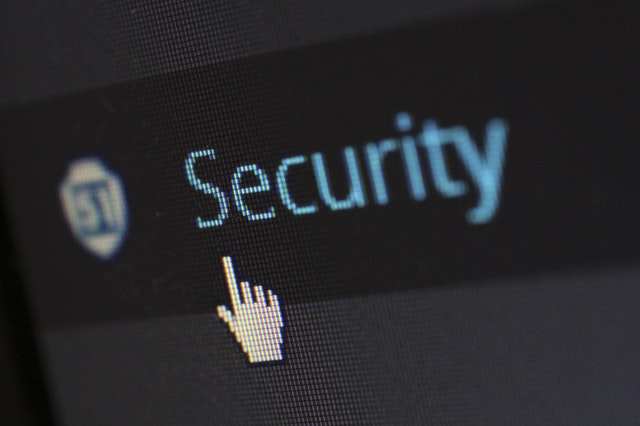Is A Reverse Mortgage Right For You?
 Imagine the bank depositing monthly premiums into your account instead of you writing a mortgage check. That’s basically how a reverse mortgage works.
Imagine the bank depositing monthly premiums into your account instead of you writing a mortgage check. That’s basically how a reverse mortgage works.
Traditional mortgages involve people paying down the interest and principal on a home loan. The goal is generally to pay off the property and cruise through retirement without that monthly installment eating at your budget. With your home paid off, those previously allotted finances can be used to relax and enjoy your retirement to the fullest. That’s the best-case scenario anyway.
But financial life has changed significantly over the past half-century. The formula for economic security has been chipped away by rising health care costs, tax increases, and other complications. Working hard and paying off your family home may no longer equal financial flexibility later in life. The valued elders in everyday American communities may require enhanced resources and the reverse mortgage has been a viable option for many.
How A Reverse Mortgage Works
The product was created to allow homeowners who are 62 and older to convert their home equity into cash payments. Rather than you paying the bank, the roles are reversed and the lender basically buys out your equity by paying you in monthly installments.
Homeowners are required to stay up to date on things such as local property taxes, association fees and insurance. The lender receives reimbursement for the equity purchase when the home sells at the conclusion of the agreement. What was once money going out each much makes a full swing to cash coming into the home. That can be a remarkable financial boon.
Types Of Reverse Mortgages
The reverse mortgage products on the market can be broken down into three basic types. The overwhelming majority are federally-insured home equity conversion mortgages.
Industry insiders often refer to these products as HECMs and they are supported by the U.S. Department of Housing and Urban Development. They reportedly comprise upwards of 90 percent of reverse mortgages. Other types include private loans and those with a single purpose. For example, a qualified homeowner may secure a reverse mortgage to make a necessary home improvement. State agencies and nonprofits often back these to help low-income families through adversity.
Benefits Of A Reverse Mortgage
When people discover that their pension, 401(k) and savings won’t necessarily carry them through a comfortable retirement, selling the family home and downsizing emerges as one of the solutions. But reverse mortgages can offer an alternative by providing the following benefits.
- Steady Home Life: Reverse mortgages allow homeowners to stay in their home and receive payments on the equity rather than sell, move and squirrel away the profit. The key benefit is remaining in the family home that is rich with memories.
- Relieve Burden: The increased costs of taxes, insurance, utilities and other living expenses may eat away at the financial relief gained by paying off a home. Reverse mortgages infuse elders’ budgets and help overcome financial shortfalls.
- Eliminate Mortgage: For those who still have a monthly mortgage payment, a reverse mortgage can pay off the outstanding balance. The product allows homeowners to subtract money owed and still receive monthly installments. That can be a substantial financial swing.
Reverse mortgages can be an excellent tool to improve your quality of life during retirement. However, it’s important to have a realistic long-term financial plan in place.
If you are considering a reverse mortgage, speak with an experienced mortgage professional about options that best meet your needs.

 After hackers breached Equifax and stole vital financial records of 145 million Americans, people have a right to be afraid of disclosing personal information. That’s why it’s imperative that lending institutions to do everything in their power to protect your privacy.
After hackers breached Equifax and stole vital financial records of 145 million Americans, people have a right to be afraid of disclosing personal information. That’s why it’s imperative that lending institutions to do everything in their power to protect your privacy. Securing the best conventional mortgage rate possible can pose a challenge for even veteran property buyers.
Securing the best conventional mortgage rate possible can pose a challenge for even veteran property buyers.